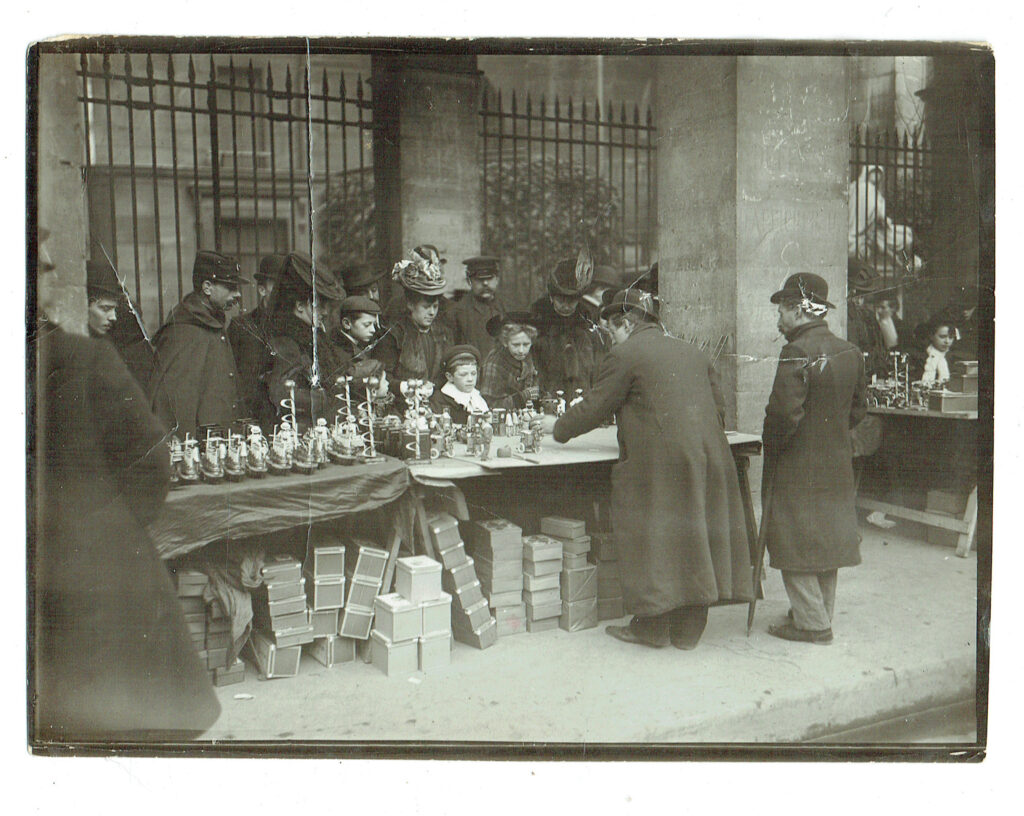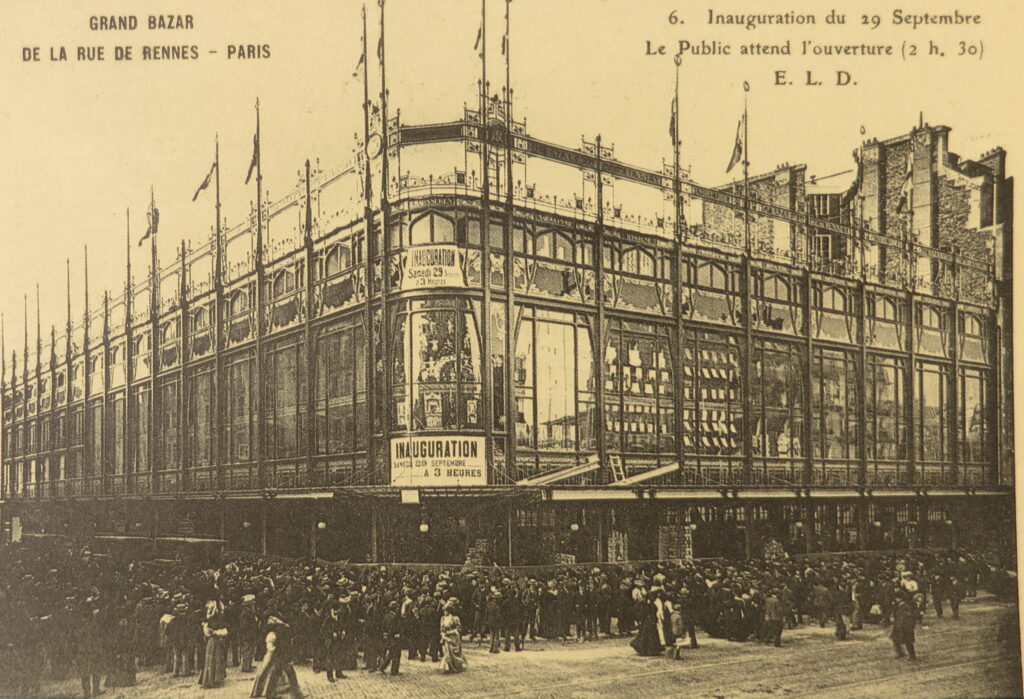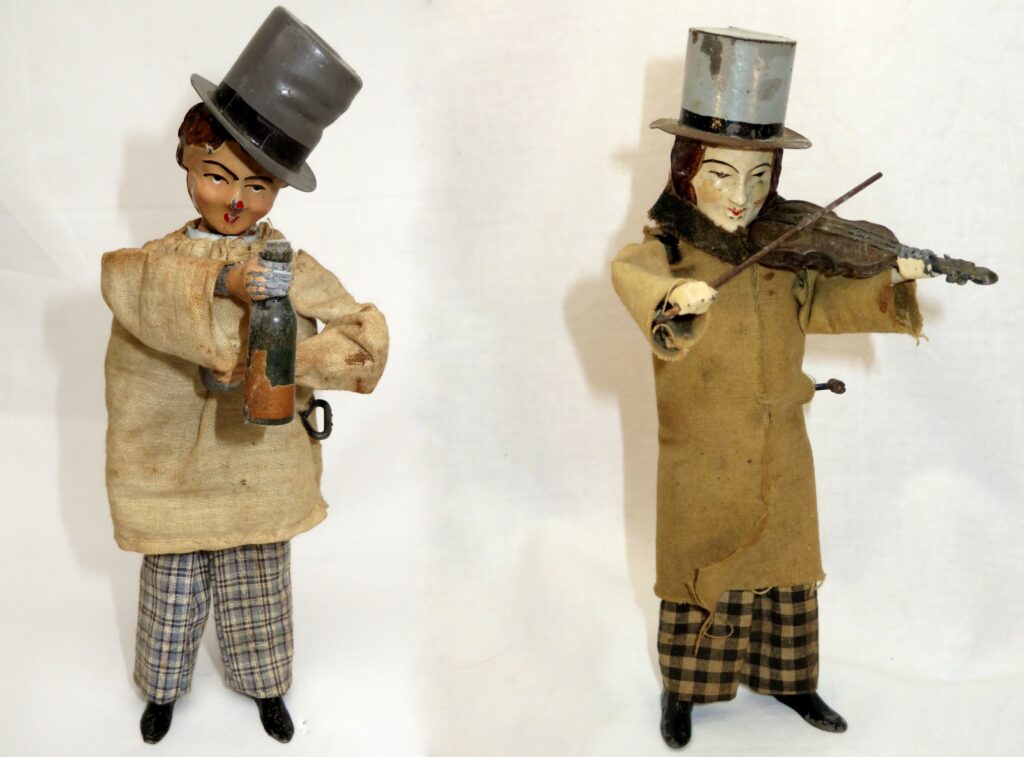This is the last part of a series of five, a free translation of a part of the book LES JOUJOUX written by Mr. Pierre Calmettes in 1924.
If you haven’t read part one, two, three or four yet, click this link(s):
The result, immediate and inevitable, of the economic crisis for Martin automata toys that transformed the conditions of everyday life every day, the automata toys, which were one of the great additions to the toy trinket companies, are still praised in 1923 by many of their former customers, with as much respect or indifference as they were ten years ago, for their high-quality mechanical toys.
Our minds, adapting to so many things and accustomed to both hardship and abundance, have not yet come to the immediate appreciation of the price increase, fair or not, of certain objects.
We are thinking carefully about this depreciation of our old currency, the premise of all the gains; we even accept, not without murmurs, grunts and gnashing of teeth, the continuous increase in the purchase prices of food, bread, wine, meat, vegetables, etc.

We resign ourselves to giving 400 francs to a tailor for a 120 franc suit in the past, women were seduced by fabrics, lace, jewels, hats, the prices of which were multiplied by two, by three, by four or even by five; but we are hesitant to buy toys for 5 fr. 45 to 6 fr. 45, because we remember that his label used to have 1 fr. 95.
It is because the lady who paid a bill that she would have fled in fear other times acquits it with the ulterior motive that the prices are higher but the quality of goods is superior.
She easily imagines, quite wrongly, that the added value is motivated by the new excellence of the product, that it differs in appearance or material, does not resemble similar products manufactured in 1913.
It is not possible to have the same thought when looking at the small automata toys.
Not only is their design still that of their first inventor, but also their shapes are not new.
If new models had to be made, taking into account the current labor prices required for three months to prepare a single type of automata toys, this lapse of time would only allow the manufacturer to launch four new products annually, then these new models would come to such high amounts that the cost and sales price would have to be excessively increased.
Therefore, only ten new models have been made since the war.
The automata toys sold today in the streets or on the shelves of department stores are therefore, save for a few details, almost the same as those distributed in 1914 at the same points.
The customer does not always understand that logically he now has to pay more than 5 francs for the Ma Portiére (the lady with a broom), which he paid 1 fr. 95 nine years earlier, even though she has not changed her costume and that her broomsticks by the same mechanism.
To enable potential buyers to understand the why and how of this multiplication of centimes in francs, which appear on the labels of Fernand Martin’s animated figures.
It would be enough for them to visit the factory that makes them and show them some invoices for the raw materials and the wages they have to pay to the workers.
The ever-increasing prices of materials, the general rise in wages, were automatically reflected in the selling prices of toys, with the severity of an inevitable rise which all manufactured articles and all commodities had to undergo.
Moreover, the exaggerations in the selling prices of toys, in the present case of automata toys, are not always attributable to the toy manufacturers, it is even necessary to say, and we will take advantage of this example to do it, that it is only the resellers who cause the price increases, the increases that they decide for themselves with the sole excuse that it is for their own benefit and independent of the customers.
For example, the two most popular automata at the moment, the Le Pochard (the drunkard) and the Le Gai Violoniste (the violinist), were sold to wholesalers for 3 fr.15 and 3 fr.35 by the factory, are quoted as 5 fr. .45 and 5 fr.50 in a large popular department store, and 6 fr.50 and 6 fr.95 in the front of a toy store in the upscale neighborhoods.

We could give more examples, and all the more striking and definitive as we started to include prices in major department stores.
The dealer who wants to earn on an item, or better yet, is solely responsible for the high prices of toys.
The producers are forced to accept the exorbitant terms of the intermediaries and see the high cost of toys only as an opportunity for loss of income, since toys always sell better the cheaper they are. But the deep flaw in our commercial institutions, the obligation for manufacturers to use intermediaries who make the real profit, this illogic, accepted and applied everywhere, which gives the profit of work to those who create nothing, these mistakes that we accept and suffer through atavism, exist in all industries and in all professions.
After all, toys have not become more expensive than at present all other products that are useful to our lives or indispensable to our complicated civilization, and when we pass the department stores or stop to avoid the pictorial speeches of a street peddler, we have to forgot old sales prices of the automata toys, and not just the automata toys, but all the toys.
Let’s accept the current rates, like the inevitable consequences of a war without precedent in the annals of humanity and let’s buy toys.
They entertain the children and they support thousands of people.
And not only did the toys bring joy and cheerfulness to little children of all times and all countries, they also serve as a distraction for adults who forget their sad moods and find it a distraction to look at their children’s toys, those toys that are often almost the same. is like the toys they were entertained with themselves when they were little.
But toy productions aren’t just a fun pastime for kids of all ages, toys sometimes have more serious qualities and some give, to those who have them, a penchant for useful tasks.
Thus the automata, the preparation of which we now know, sometimes become excellent energy teachers for the youth, showing them the mechanical application of some manual work.
These toys serve as examples, and examples to be followed, when working with a feverish activity, such as the Les Courageous Scieurs de long. (board sawmills), the Chand Tonneaux (the man with the wooden barrels), the L’artiste capillaire ( the hairdresser), the Le charcuterie (the butcher), the Le Fort De La Halle (the man who carries bags)), the Le Petit Décrotteur (the shoe shiner), the Les Agents (the cop), L’homme De Corvée ( the street sweeper).
These figures that, reassembled, do not stop working, as long as the spring they contain works on the gears, don’t they give children the idea of using their hands to do useful work?
Children can easily imagine that they can imitate the gestures of adults without difficulty.
If so, but much better, they will be convinced of the possibility of replicating their toys when they see the movements of these craftsmen and come to practice the craft of the craftsmen of flesh and bone.

The education that the little toys give to the children is not the least interesting side of their history. To work, to work without ceasing, is the first of all conditions to achieve the goal that must be our generation: to educate our industry, to clean up our trade, to raise our morale.
Toys that, even if only a small part, can contribute to the improvement of our future craftsmen, by giving them a taste of the work, these toys are never too expensive.
Even at the high prices after the war, we as teachers of our toddlers must give them the lessons that they will be invaluable if they are given the calling of profitable work and useful to all.
And it’s funny to think that children will one day become good craftsmen because they have seen toy figures evolve, propelled by a pair of wheels, through gears, hinges and a spring that is wound by a key.
This was the fifth and last article of the series “Les Joujoux”, I hope you have understood something more about the problems of the toy industry at the end of the first quarter of the last century.
